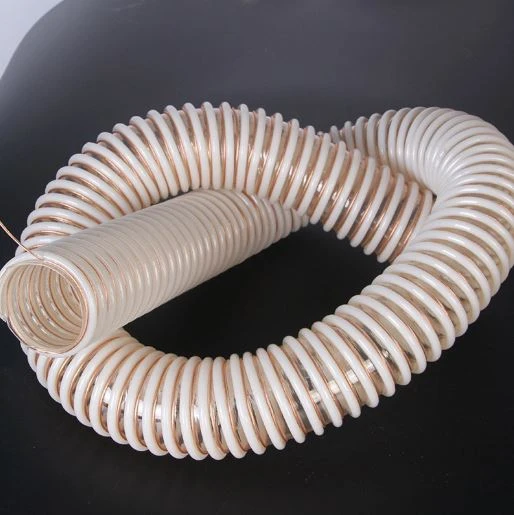Benefits and Applications of Polyurethane Air Hoses for Various Industries
The Versatility and Benefits of Polyurethane Air Hoses
In the world of industrial and recreational applications, air hoses play a crucial role in facilitating the movement of compressed air for various tools and machinery. Among the many materials used to manufacture these hoses, polyurethane has emerged as a favored option due to its unique properties and advantages. This article explores the versatility and benefits of polyurethane air hoses, highlighting why they are becoming the preferred choice for many users.
Polyurethane (PU) is a synthetic polymer known for its durability, flexibility, and resistance to abrasion, weather, and chemicals. These qualities make polyurethane air hoses particularly suitable for a wide range of applications. From automotive workshops and construction sites to home garages, these hoses are designed to withstand demanding environments without compromising performance.
One of the primary advantages of polyurethane air hoses is their lightweight nature. Compared to traditional rubber hoses, PU hoses are significantly lighter, making them easier to handle and maneuver. This is especially beneficial for professionals who may need to move the hose around frequently or transport it from one job site to another. The reduced weight not only enhances portability but also minimizes fatigue for users who require continuous use over extended periods.
Another notable feature of polyurethane air hoses is their excellent kink resistance. Kinking often occurs in rubber hoses, leading to reduced airflow and potential damage. In contrast, PU hoses retain their shape and flexibility even in tight bends, ensuring a steady flow of air and preventing blockages. This characteristic not only prolongs the life of the hose but also improves the efficiency of the tools and equipment being powered.
polyurethane air hoses

Temperature tolerance is another significant aspect of polyurethane air hoses. They can function effectively in a wide temperature range, from extreme cold to high heat. This adaptability makes them suitable for both indoor and outdoor use, regardless of seasonal changes. Such versatility allows users to rely on PU hoses without worrying about performance degradation in different weather conditions.
Furthermore, polyurethane air hoses exhibit superior chemical resistance. Many industrial applications involve exposure to oils, solvents, and other harsh substances. The PU material withstands such exposure without deteriorating, ensuring longevity and reducing the need for frequent replacements. This resistance to chemicals is particularly advantageous for industries where fluid exposure is commonplace.
In addition to their functional benefits, polyurethane air hoses also come in various sizes, colors, and pressure ratings, making them customizable for different tasks and preferences. Whether a user needs a high-pressure hose for heavy-duty tools or a smaller diameter for more delicate applications, there is a PU option available to meet those needs.
Moreover, the environmental impact of polyurethane air hoses is a growing consideration. Many manufacturers are adopting eco-friendly practices in the production of these hoses, using recyclable materials and reducing waste. This shift towards sustainability aligns with the increasing awareness of environmental issues, allowing users to choose products that are not only efficient but also responsible.
In conclusion, polyurethane air hoses offer an array of benefits that cater to the needs of various users in industrial and recreational environments. Their lightweight design, kink resistance, temperature tolerance, chemical resilience, and customization options make them an invaluable tool for anyone relying on compressed air. As industries continue to evolve and prioritize efficiency and sustainability, polyurethane air hoses are likely to become an even more prominent choice for air transport solutions. By investing in this innovative technology, users can enhance their operational efficiency while enjoying the peace of mind that comes with reliable and durable performance.
-
Top Quality Oxy Acetylene Hoses for Sale Fit for Welding DemandsNewsJul.28,2025
-
The Future of Pneumatic Air Tubes in IndustryNewsJul.28,2025
-
Superior and Reliable LPG Hose Pipe Solutions for Every NeedNewsJul.28,2025
-
Exceptionally Durable and Versatile Premium Braided PVC TubingNewsJul.28,2025
-
Best Adapters for Connecting Garden Hose to PVC Pipe ConnectionsNewsJul.28,2025
-
The Essential Role of LPG Hoses in Safe and Efficient Gas DistributionNewsJul.16,2025














